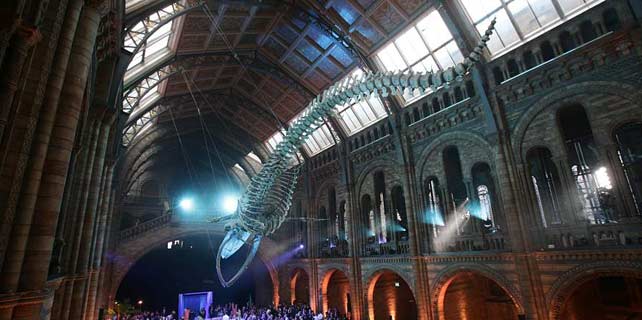The future of VR? US researchers may hold the answer
"That's their approach to it," he says. "They're not making design changes based on it, they're just making legal liability changes."
Other potential solutions are materializing, however. Mayo Clinic researchers have developed a method using electrodes at the forehead, ears and neck to trick a user's inner ear into perceiving motion synchronized with movements in the visual field.
It's currently being used to help military pilots avoid nausea and has been licensed to the Los Angeles-based entertainment technology firm vMocion.
While there haven't been any approaches from the tech companies, Samsung created a similar electrical stimulation application of its own.
The Smaaash arcade deals with the motion-sickness issue directly. In front of each VR simulator are large signs detailing possible side effects and prohibiting use of the device by people with vertigo, heart trouble, high blood pressure, back, neck or bone injury, recent surgery or illness, motion sickness or pregnancy.
The arcade requires customers to be buckled into a tethered safety harness to prevent tumbling from the virtual precipice to the literal floor.
Widespread public exposure to virtual-reality equipment is a recent development, but the technology has been under consideration long enough to drive extensive academic research.
Since 1990, Stoffregen has explored the effects of VR motion sickness on hundreds of volunteers ranging in age from 10 to 75.
He's found that the risk of negative bodily reactions varies across hardware and across games. Typically, 30 to 60 percent of the volunteers felt VR sickness within 30 minutes or less.
As with unstable physical motion in the real world, women are far more susceptible to VR motion sickness than are men.
Technology evolves endlessly, and improved VR gear eventually might cure the ailment it has created. The products on the market today could turn out to be only VR at the prototype stage of development.
Stoffregen is worried that if researchers can't solve these problems, lawyers might have to.
Tech visionaries predict that VR will move beyond social media and entertainment applications into immersive workplace functions.
If so, Stoffregen warns that significantly improved design and programming will be necessary to avoid employment discrimination lawsuits.
If VR sickness affected only voluntary gamers, it would be a trivial matter, he says, but making it an employment issue shouldn't be ignored.
Since women are more susceptible than men to VR's balance-disrupting effects, Stoffregen believes using VR in business would represent sex discrimination.
"If you're disadvantaging 50 percent of the population, you'd like to think there are some consequences."
Tribune News Service






















